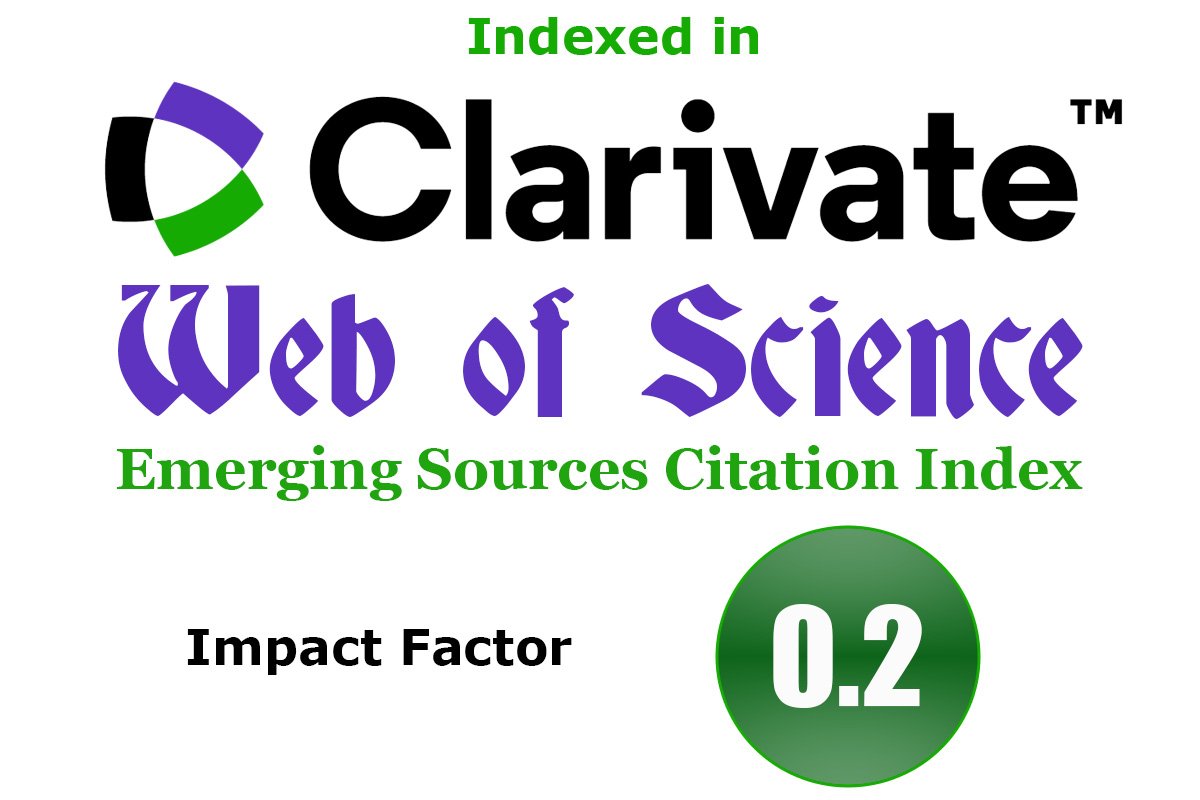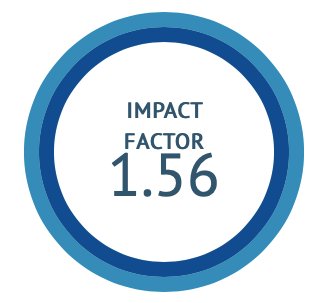In-vitro Evaluation of the Siddha Formulation Mahaveera Mezhugu (MVM) for Anti-Cancer Activity Against MCF-7 Human Breast Cancer Cells
DOI:
https://doi.org/10.47552/ijam.v16i1.5194Keywords:
Mahaveera mezhugu, MCF-7 cell line, MTT assay, Annexin V, Anti-cancer activity, Breast cancerAbstract
Over one in ten new cases of cancer detected in women are related to breast cancer, making it the most common disease diagnosed in this demographic. It is the second leading cause of cancer-related deaths worldwide for women. The many cancer treatments and their potential adverse effects made people aware of the need to look for safe, affordable substitutes for cancer treatment. The Siddha system can offer a lot of formulations in the management of breast cancer. There are also many literary works that facilitate this. Efficacy of Mahaveera Mezhugu (MVM) is a Herbo-mineral siddha preparation it is indicated for Vatharogam, Megarogam. This MVM has been used for siddha clinically to treat breast cancer. but there is no scientific data to validate this medicine. Hence this study aims to evaluate the anticancer potential of Mahaveera Mezhugu through an in-vitro study in the MCF-7 Human Breast cell line, determined by dimethyl sulphoxide (DMSO, MTT and Annexin V- Fitc apoptosis by flow cytometry assay. LC50 concentration was found at 5.1879371 µg/mL. The Siddha system, which combines many well-researched drugs, has shown clinically significant improvements in the treatment of breast cancer. Further research and large randomized control trial are needed to determine the effects of the drug.
Downloads
Published
How to Cite
Issue
Section
License
Copyright (c) 2025 International Journal of Ayurvedic Medicine

This work is licensed under a Creative Commons Attribution-NonCommercial-ShareAlike 4.0 International License.
The author hereby transfers, assigns, or conveys all copyright ownership to the International Journal of Ayurvedic Medicine (IJAM). By this transfer, the article becomes the property of the IJAM and may not be published elsewhere without written permission from the IJAM.
This transfer of copyright also implies transfer of rights for printed, electronic, microfilm, and facsimile publication. No royalty or other monetary compensation will be received for transferring the copyright of the article to the IJAM.
The IJAM, in turn, grants each author the right to republish the article in any book for which he or she is the author or editor, without paying royalties to the IJAM, subject to the express conditions that (a) the author notify IJAM in advance in writing of this republication and (b) a credit line attributes the original publication to IJAM.




